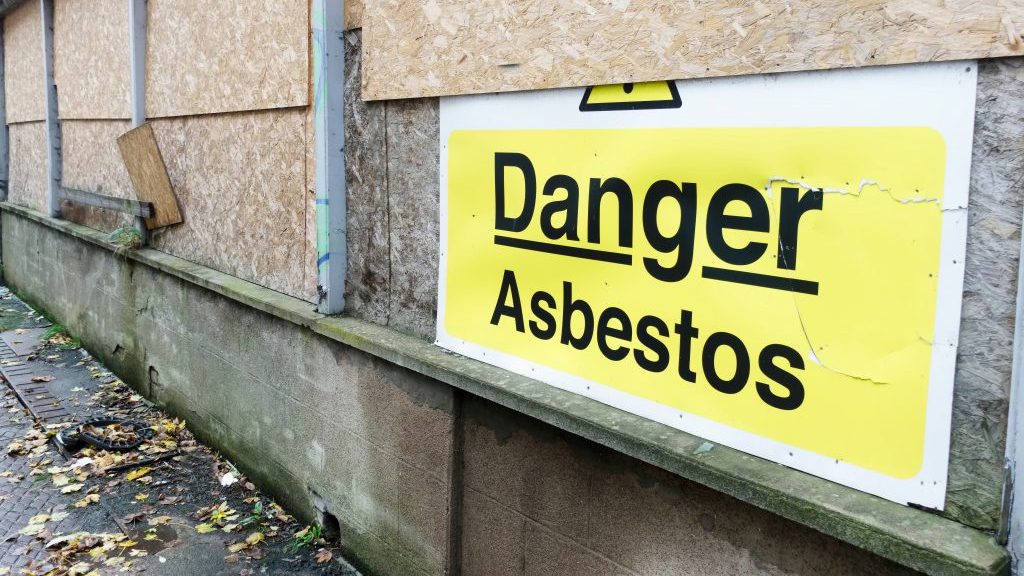The BC Association of Restoration Contractors (BCARC) does not agree with the direction recommended by a recent cross-ministry working group on asbestos risk in British Columbia.
The overall recommendation of their report is to license removal contractors and provide an incentive to the building owner to use licensed contractors.
“Given the current practices, this approach will not even begin to deal with the real exposure risks facing British Columbians,” said Mike Sully, BCARC president.
The biggest risk of asbestos exposure in B.C. is the result of employers and employees in companies that don’t even try to follow current asbestos regulations when they are restoring or renovating an existing structure.
These companies do not:
- File Notice of Projects (NOP). NOPs are a regulatory requirement when removing asbestos
- Use appropriate Personal Protective Equipment
- Isolate the work
- Have safe work practices
- Complete clearance testing
- Follow proper disposal procedures
Supporting this concern, BCARC’s analysis suggests that there are between 3.5 and seven times more uncontrolled asbestos abatements than there are controlled abatements (ones where there is a NOP filed).
“B.C. already has a competency filter,” commented Graham Dick, president of Genesis Restoration. “It is the NOP process. You can’t legally remove asbestos in B.C. without filing a Notice of Project and that can only be done by a ‘qualified’ person. Adding another qualifying filter doesn’t address the environment of non-compliance that exists today.”
“Because of this reality the industry really has to ask themselves why there is such a high rate of non-compliance. From our perspective the answer is two-fold: a lack of education of the public and new workers, as well as the higher costs of compliant projects.”
Sully went on to explain that “we don’t believe that these are just bad employers and bad employees. Businesses are just busy trying to make ends meet and often just don’t know any better. These companies need help understanding their obligations and also a clear and accessible place to go for help.”
The issue is not licensing, the real issue is a lack of knowledge. The more people know about hazardous materials and how they should be handled, the more likely the materials will be handled in the proper way.
Underlying the report’s approach is the concept that we need higher levels of competency. The BCARC agrees with this premise as being important to having better outcomes as we know that workers do not go to work to do a bad job. They use bad processes and get bad outcomes.
“We need to dramatically increase capacity to meet the real current demand in a compliant environment. This means B.C. needs up to seven times more competent asbestos workers. If we don’t create an environment to achieve that cost effectively, we fear that a supply shortage will drive up the price even further. If higher prices start to become the new reality, then this type of work will get further driven underground. Obviously, this would be an opposite outcome of which we’re trying to achieve,” emphasized Dick.
Although the concept of an incentive to increase the use of compliant processes on the surface makes sense, it does not survive closer examination. The report states asbestos related issues cost the B.C. economy $54 million per year. Our analysis suggests there are 125,000 projects involving the removal of asbestos per year in B.C.
Therefore, if we are going to pay out 100 per cent of our costs to try and get compliance, we could provide an average incentive of $432. When you consider this amount against an increased per project cost of $10,000, it just isn’t logical that there would be a big uptake
The most cost-effective solution would be to provide a vehicle for competency and awareness training to both the public and all workers in B.C. This could be achieved by putting the curriculum online and available at no cost to anyone that wishes to take the program(s). Canadian companies are world leaders in the online training arena.
The costs of the initial setup would be less than $1million and the ongoing cost would be in the $100,000 to $300,000 per year range. This would be a fraction of the cost of any incentive program
Once the public, employers and workers are armed with the knowledge about the risks, the requirements and the opportunities, the process will never be able to go underground in a significant form again.
This approach focuses on the area of highest exposure risk: completely non-compliant asbestos removal and disposal. This proposed, alternate strategy would have the biggest and quickest impact on reducing exposures.
Workers, employers and the public don’t want to do a bad job. They use bad processes and get bad outcomes.
Let’s provide the tools for them to learn what good process looks like. We are confident that the individuals will do the rest.
Mike Sully is president of the BC Association of Restoration Contractors and Graham Dick, president of Genesis Restoration. Send Industry Voices comments or questions to editor@journalofcommerce.com.











Recent Comments
comments for this post are closed